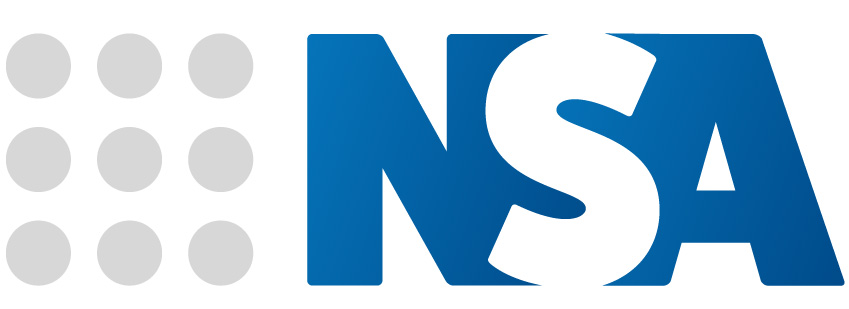A payment will be classified as alimony, regardless of the parties’ designation of such payment, regardless of whether or not it is specifically designated as satisfying a support obligation, and regardless of how the payment may be classified under state law, if it satisfies the following criteria:
1. The Payment is Made in Cash
Transfers of services or property, the execution of a promissory note, or other debt instrument, or allowing the payee to use property of the payor do NOT qualify as cash payments of alimony
2. Payment Must be Received By or On Behalf of a Spouse Pursuant to a “Qualifying Instrument”
A divorce or separation instrument is a decree of divorce or separate maintenance or a written instrument incident to such a decree; or a written separation agreement
Payment must be made under the instrument
Cash payments to a third party on behalf of the payee spouse under the terms of a divorce or separation agreement can qualify as a cash payment to the spouse
Cash payments made to a third party at the written request, consent, or ratification of a spouse qualify as alimony, provided the payments are in lieu of payments of alimony directly to the spouse; are intended by both spouses, per the written request, to be treated as alimony
Where the property constitutes jointly-owned residential property, one-half of the total amount of mortgage payments, including both principal and interest, may be treated as alimony, and one-half of the interest may be deducted as mortgage interest, if it is qualified residential interest
3. The Parties Do Not Designate That the Payment is NOT Alimony
The divorce or separation agreement does not designate the payment as nondeductible by the payor or excludable from the payee’s income
The decree must make the tax effect known directly or expressly
The payee spouse must attach a copy of the instrument designating the payments as not constituting alimony to his or her income tax return for each year that such a designation applies
4. Must Reside in Separate Households When the Payment is Made
A formerly shared home is considered one household, even if the parties are physically separated within the home
5. The Payor is NOT Liable to Make Any Payment for Any Period After the Death of the Payee Spouse
- Alimony payments must end at the death of the payee spouse
- An agreement may provide that payments are to continue to the payee spouse after the death of the payor spouse
6. The Parties MUST File Separate Income Tax Returns
- The payor must include the payee’s Social Security number on his or her first tax return for the taxable year in which the payment is made
- The payee is required to furnish this number to the payor
- Alimony payments will NOT be recognized if the payor and payee file a joint return
7. The Payment Must Not Be a Payment for Child Support
When a payor having both an alimony obligation and a child support obligation makes a payment that is less than the amount otherwise specified as due under the agreement, the payment is first applied to the child support obligation, and then to the alimony obligation
Steven G. Siegel is president of The Siegel Group, which provides consulting services to attorneys, accountants, business owners, family offices, and financial planners. Based in Morristown, New Jersey, the Group provides services throughout the United States. Mr. Siegel is the author of many books, including: The Grantor Trust Answer Book; CPA’s Guide to Financial and Estate Planning; and Federal Fiduciary Income Taxation.
